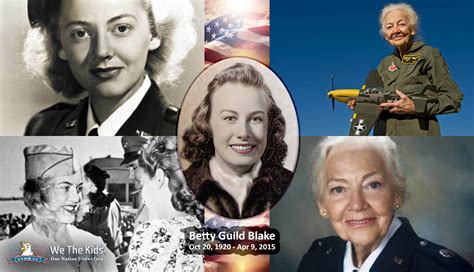Introduction

Larry Haynie has etched an indelible mark in the annals of aviation history as a renowned pilot, accomplished author, and dedicated advocate for aviation safety. Throughout his illustrious career, he has flown countless hours, pushed the boundaries of aviation innovation, and tirelessly promoted the advancement of aviation knowledge and expertise.
Early Life and Aviation Aspirations
Born in the coastal town of Miami, Florida, Larry Haynie’s passion for aviation ignited at an early age. Inspired by the daring exploits of aviators such as Charles Lindbergh, he dreamed of soaring through the skies. At the age of 16, he embarked on his first flight, igniting a lifelong fascination with the world of aviation.
Professional Flight Career
After graduating from college with a degree in aeronautical engineering, Haynie embarked on a distinguished career as a professional pilot. He initially flew as a commercial pilot for a major airline, where he accumulated thousands of flight hours. However, his thirst for adventure and desire to make a difference in the aviation industry led him to pursue a career in flight testing.
As a flight test pilot, Haynie played a pivotal role in the development and certification of new aircraft. He flew experimental prototypes, pushed aircraft to their limits, and provided invaluable feedback to engineers and designers. Through his exceptional skills and dedication, he contributed to the advancement of aviation technology and safety.
Author and Aviation Advocate
In addition to his accomplishments as a pilot, Haynie is also a prolific author and dedicated aviation advocate. He has penned several books on aviation safety, including the acclaimed “Method of Instrument Flying,” which has become a standard reference for pilots worldwide. Through his writings, he shares his knowledge and expertise, helping countless pilots improve their skills and enhance their understanding of aviation.
Haynie is also a passionate advocate for aviation safety and education. He has served on numerous aviation safety committees and boards, and actively promotes programs aimed at enhancing pilot training and proficiency. His dedication to the advancement of aviation knowledge and safety has earned him widespread recognition and respect within the industry.
Contributions to Aviation
Throughout his remarkable career, Larry Haynie has made significant contributions to the field of aviation. His achievements include:
- Pioneering the development of flight simulation training for pilots
- Developing advanced instrument flying techniques
- Conducting groundbreaking research on human factors in aviation
- Mentoring and training generations of pilots
- Advocating for aviation safety regulations and standards
Legacy and Impact
Larry Haynie’s legacy extends far beyond his own accomplishments. His pioneering spirit, relentless pursuit of knowledge, and unwavering dedication to aviation safety have had a profound impact on the industry. He has inspired countless pilots to excel in their profession, and his contributions have made a lasting difference in the safety and advancement of aviation.
Tables
Table 1: Key Figures in Aviation History and Their Contributions
| Figure | Contribution |
|---|---|
| Larry Haynie | Flight test pilot, author, safety advocate |
| Charles Lindbergh | First solo flight across the Atlantic Ocean |
| Orville and Wilbur Wright | Pioneers of powered flight |
| Bessie Coleman | First African American woman to obtain a pilot’s license |
| Amelia Earhart | First woman to fly solo across the Atlantic Ocean |
Table 2: Common Mistakes to Avoid for Pilots
| Mistake | Consequence |
|---|---|
| Failing to maintain situational awareness | Loss of control, collision |
| Distracted flying | Reduced focus, impaired judgment |
| Overconfidence | Increased risk-taking, reduced vigilance |
| Inadequate flight planning | Delays, emergencies, reduced safety |
| Poor communication | Misunderstandings, coordination issues |
Table 3: Pros and Cons of Flight Simulation Training
| Pros | Cons |
|---|---|
| Enhanced realism and safety | Costly and complex |
| Immersive learning experience | Requires specialized equipment |
| Reduced risk of accidents | Time-consuming |
| Customized training scenarios | Limited physical feedback |
Table 4: Applications of Artificial Intelligence in Aviation
| Application | Benefits |
|---|---|
| Predictive maintenance | Reduced downtime, increased safety |
| Automated flight control | Enhanced efficiency, reduced pilot workload |
| Data analytics | Improved decision-making, risk management |
| Personalized training | Tailored learning experiences, enhanced proficiency |
| Weather forecasting | Increased situational awareness, improved safety |
